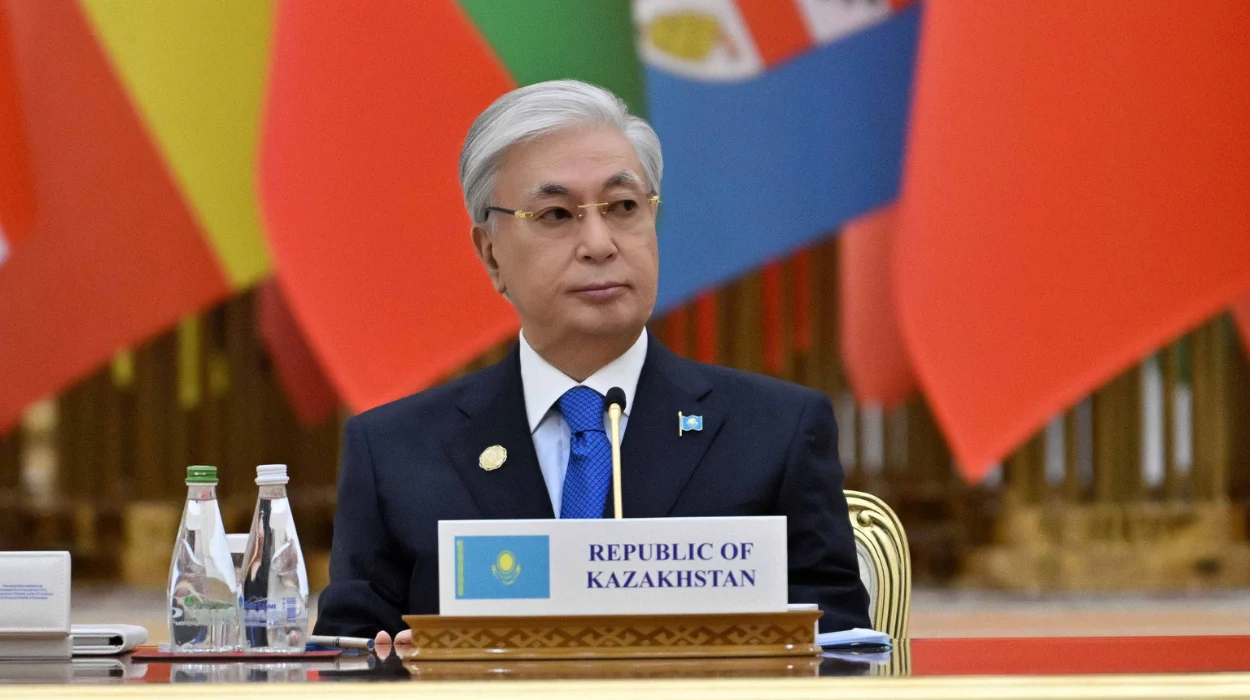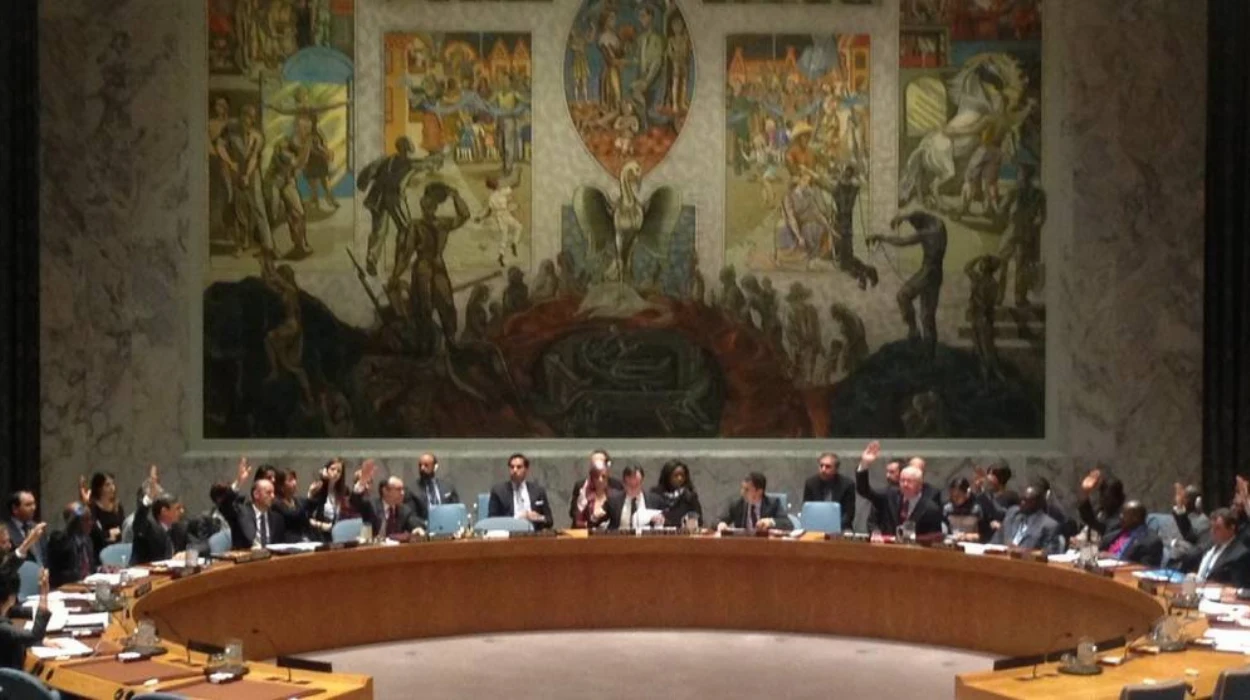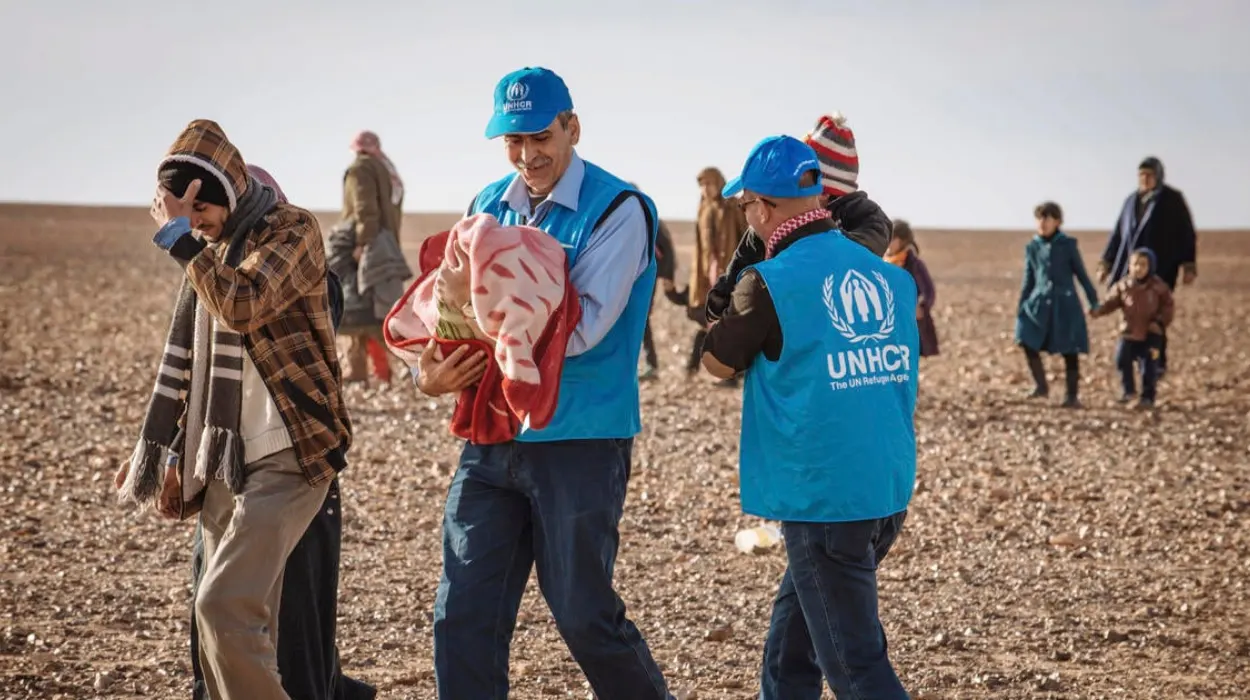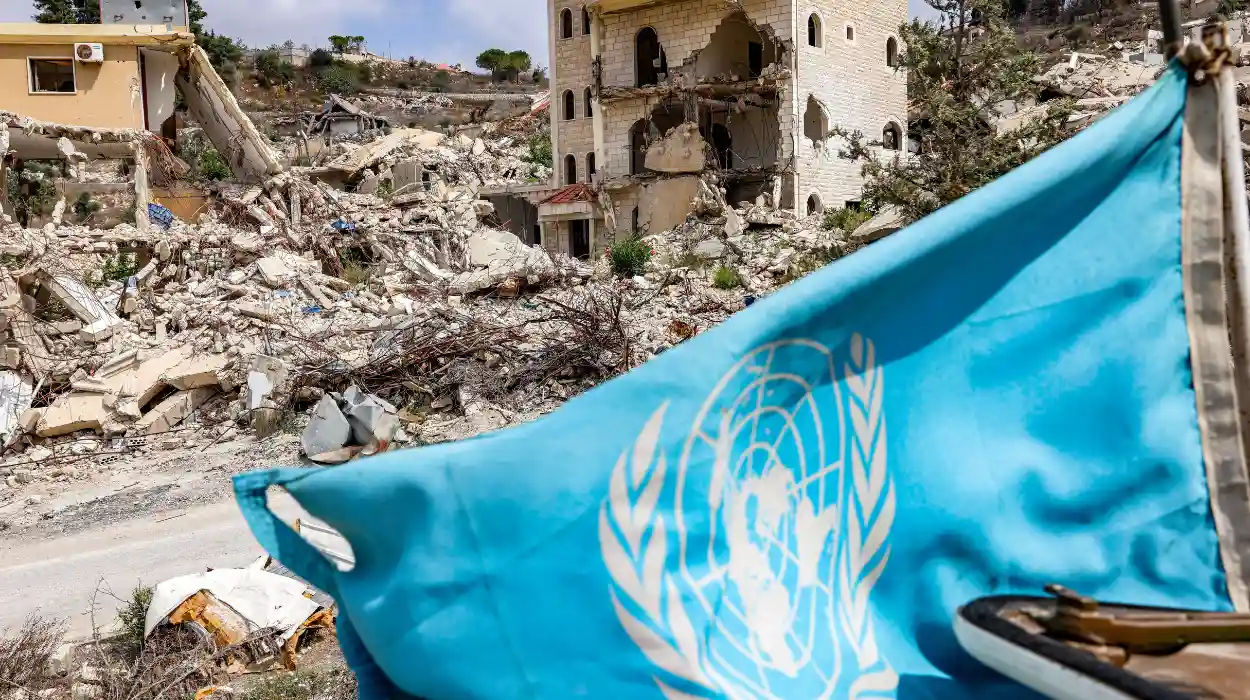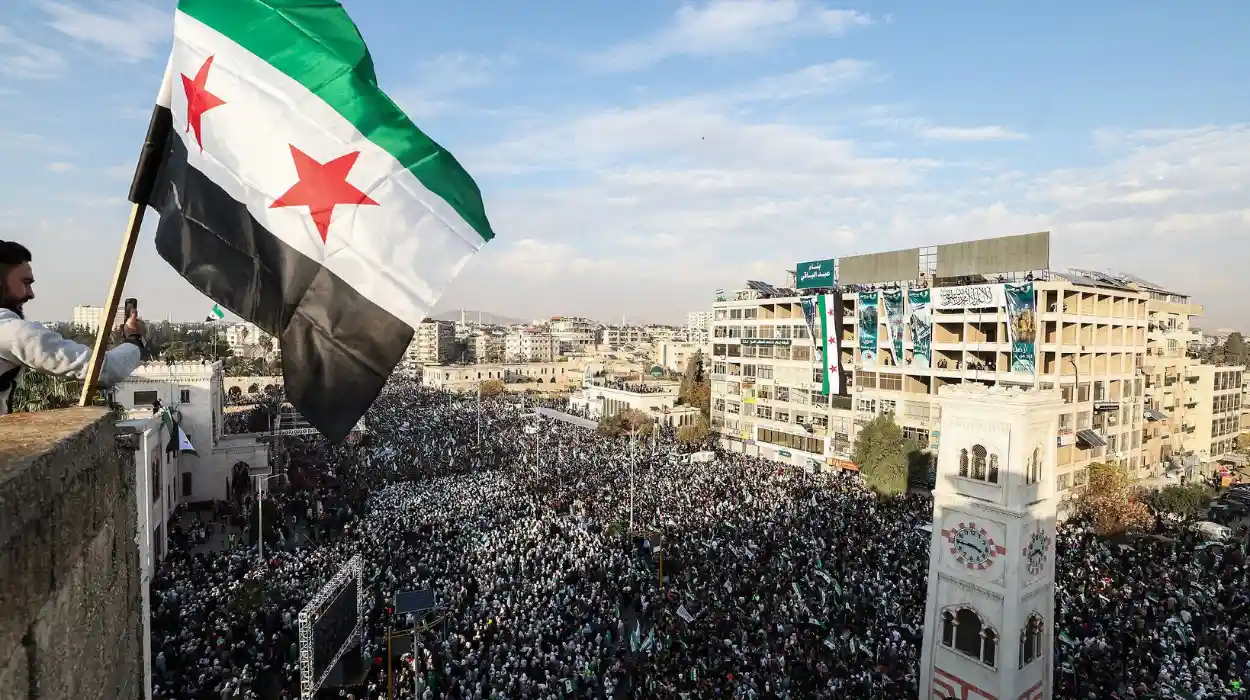The Ukrainian conflict still has devastating effects on civilian populations and the latest reports of the United Nations Human Rights Monitoring Mission in Ukraine (HRMMU) indicate a very high rise in deaths and injuries due to missile explosions and drone attacks. Civilian deaths have also shot up in 2025 as compared to other years making it clear that the war was very harsh on the ordinary people who happen to be in the crossfire.
The analysis goes into the most recent figures, the type of attacks, the geographical distribution of victims and what the UN Official and other stakeholders have to say and this constitutes a grim picture of the human cost of the war.
Rising Civilian Casualties in 2025
Statistical Overview
One-hundred and eighty three civilians died and eight hundred and thirty six were injured in the month of May alone in Ukraine, the second-highest number of civilian deaths in a month so far in this year, after 221 people were killed and 1,168 other people injured in the previous month of April. During the initial months of the year 2025 (January-April), the UN declared 664 fatalities and 3,425 wounded civil victims, a 59 percent increase relative to the same season of 2024.
By the beginning of February 2022, when the war started, almost 13,300 civilians were reported to be killed and over 29,000 to be wounded by the Office of the UN High Commissioner for Human Rights (OHCHR). However, these numbers, apparently, prove to be underestimated due to the inability to access the areas of confrontation and hostilities.
Civilian warfare casualties have been documented in 17 of the 24 Ukrainian regions, 1 in major urban areas such as Kyiv, Kharkiv and Odesa, and furthermore, in territories well beyond the fighting zone. Remarkably, 97 percent of such deaths were in the lands under the authority of the Ukrainian government.
Nature of the Attacks
It contributed about 28 percent of the civilian casualties in May 2025, the highest ratio in the country, caused by long-range missile strike and loitering munitions. These attacks usually include urban and vital installations with a wide-scale destruction and losses to civilians.
The number one causative factor of border area casualties was short range drone attacks, which was also a major contributor of civilian deaths and injuries at approximately 28 percent. The shelling caused by artillery, as well as a multiple-launch rocket system (MLRS), made 21% of the casualties and aerial bombardments made 18%.
Russian troops continued to direct fire at port facilities in the Odesa region and in May 2025 at least five attacks turned into civilian casualties and destruction of civilian infrastructure. One of these attacks that happened on May 23 resulted in the killing of three workers in the port, and 12 got wounded.
Russian forces have fired more than 1,500 long-range weapons as part of an onslaught that started on June 6 and goes on through June 11, 2025, and initial estimates report the deaths of at least 19 civilians and 205 injured within five days.
Geographic Spread and Impact
This impact of the war has ensured that the victims of the war have even been outside the official war areas in Ukraine to the cities and towns. The missile and drone attacks aiming at such cities as Kyiv, Kharkiv, and Odesa occur regularly affecting the daily rhythm of life and causing a great percentage of civilian casualties.
The popularity of the attacks is an indication of the level of the war and the weakness of the civilian populations even in the relatively secure areas. The damage of the major infrastructure like the ports, the energy infrastructure, and residential areas overflow humanitarian requirements and complicates the relief activity.
Statements from the United Nations and Human Rights Officials
UN Human Rights Monitoring Mission in Ukraine head Danielle Bell had described the situation as “devastating for civilians across Ukraine, with much more deaths and injuries than in the same period of 2024.” She emphasized the deadly combination of escalated long-range missile shelling and serial short-range drone attacks along the frontline.
Bell highlighted the cost in human lives in terms of psychological harm to civilians, stating that “hours-long nightly bombardments with hundreds of projectiles instill fear among families who pass their nights in bomb shelters, hearing the roar of drones overhead.” She cautioned that “at this rate and scale, additional civilian casualties are not only possible — it is inevitable.”
The people at the UN Human Rights Office (OHCHR) urged all the parties to respect the international humanitarian law and take all possible measures to protect the civilians as time was of the essence. The excessive effects on non-fighters and the annihilation of civilian facilities are a breach of essential rules on the laws of armed conflict.
Broader Context of Civilian Harm in the Ukraine Conflict
As numerous civilians have continued to be used as cannon fodder since the commencement of the war in February 2022, the number of casualties keeps increasing. As of May 2025 OHCHR had recorded more than 13,300 civilian deaths, although the true figure is probably higher. Over 29,000 people were even injured, a lot of people displaced and plenty of properties destroyed including homes, hospitals, schools, water and power utilities.
It has mainly been the children who have suffered where thousands have been killed or injured since the conflict began. The mental effects and loss of education and medical facilities are long-term effects that affect the future of Ukraine.
Civilian casualties have been especially caused by the use of explosive weapons with wide-area effects in populated areas such as missile attacks and artillery fire. The UN has constantly urged restraint and respect to international humanitarian law to avoid maximum damages to civilians.
The Humanitarian Implications
These increasing attacks have enhanced humanitarian needs in Ukraine. Different components of infrastructure get destroyed, resulting in the disruption of water, electricity, and medical services among peoples that are already in pain. There has also been more displacement and millions of people have been left to flee internally or scatter to other countries.
The provision of aid to insecure areas is majorly challenging to humanitarian agencies due to the presence of hostilities. Ports and transport networks are destroyed making delivery of needed supplies difficult. UN and partners are calling on the safe corridors and ceasefires to allow humanitarian access and safety to civilians.
International Responses and Calls for Action
The reports presented by the UN have roused the world on the number of casualties among civilians in Ukraine. Demands on ceasefires, safeguarding of the civilians, and responsibility regarding violations have increased.
The search to achieve a negotiated settlement to the conflict is still taking place through diplomatic means but it is progressing painfully slowly and is precarious.
The challenge that the international community will have is to have to balance between supporting the defense of Ukraine and the need to mitigate the suffering of the civilians.
The force of sanctions and diplomatic pressure become leveled against Russia in order to ensure that the hostilities come to an end, whereas humanitarian aid should focus on satisfying the immediate needs of the population.


